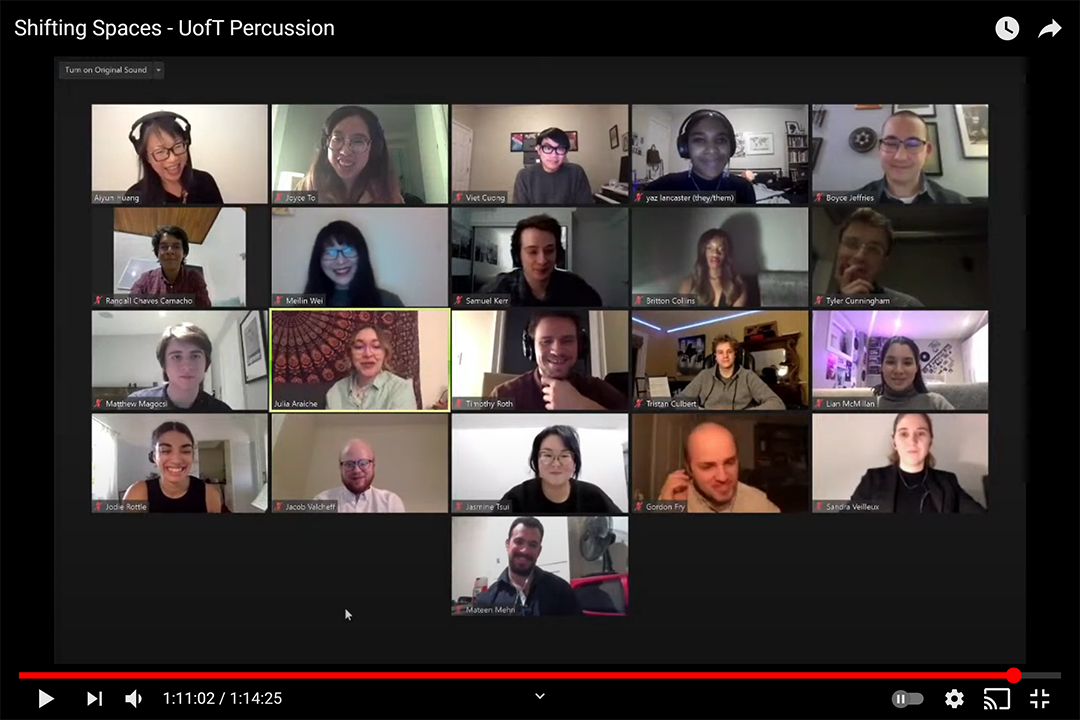In early 2019, fed up with my daily routines and looking for something new and exciting to fill my time, I attended my first concert at the Danforth Music Hall. The adrenaline rush was exhilarating, and immediately, I was hooked. Maybe it was the blaring music that left my ears ringing by the end of the night. Or perhaps the hoards of sweaty, screaming fans all chanting in unison.
The grandeur of it all left me hungry for more, and I ended up attending 15 more concerts over the next 12 months, even managing to squeeze one in late February 2020, just before COVID-19 hit and rocked the world — no pun intended.
Although my love of concerts is founded strictly in the genres of alternative rock and indie pop, I’d like to think I have the capacity to appreciate music in all of its forms. Even if it doesn’t necessarily fit my taste, I can respect the efforts and inspirations behind diverse musical works. And with that in mind, I packed up my preconceived notions of what a concert ‘should’ look, sound, and feel like, and I hit up the U of T Percussion: Shifting Spaces virtual concert on January 18.
But no amount of open-mindedness could have prepared me for what came next.
The first piece, titled “Every Day,” was composed by Jodie Rottle and explored creative uses of everyday, mundane objects to make sound. It featured a video starring four U of T music students crowded into a tiny bathroom, using singing bowls and toothbrushes — yes, toothbrushes — to create music.
At first viewing, I was a bit disgruntled. “What am I watching right now? Is this even music?” I thought to myself. But I came to appreciate that the real genius of the piece stemmed from just how wildly different it was from other, perhaps more obvious, forms of music.
“Sequoia,” a piece composed by Yaz Lancaster, satisfied my eardrums a bit more since it sounded more like traditional, classical music. The work was inspired by the composer’s fondness of Californian Redwood trees, and it shed light on the use of live plants and percussive instruments to create nature-inspired soundscapes. It was a truly beautiful and meditative piece.
My favourite work in the show was “Water, Wine, Brandy, Brine,” composed by Viet Cuong. It featured a group of students sitting at a dinner table, clinking together crystal glasses to produce an eerie, yet somehow peaceful, soundscape. I was captivated by these foreign sounds and the use of lighting changes to elevate the dark, mystical ambiance the piece resonated.
Early in the concert, I was a bit apprehensive about what was in store for me. But as the show went on, I started to admire the creative ingenuity that went into the different pieces. Was this concert like any other I’ve attended before? No. Does it rank up there with seeing Tame Impala or The 1975 live? Absolutely not.
But for better or worse, it was an experience like no other. It was a refreshing look at experimental methods of creating sound in unexpected, and sometimes strange, ways. I certainly have a new appreciation of where music can come from and how objects can be manipulated to create sound.


